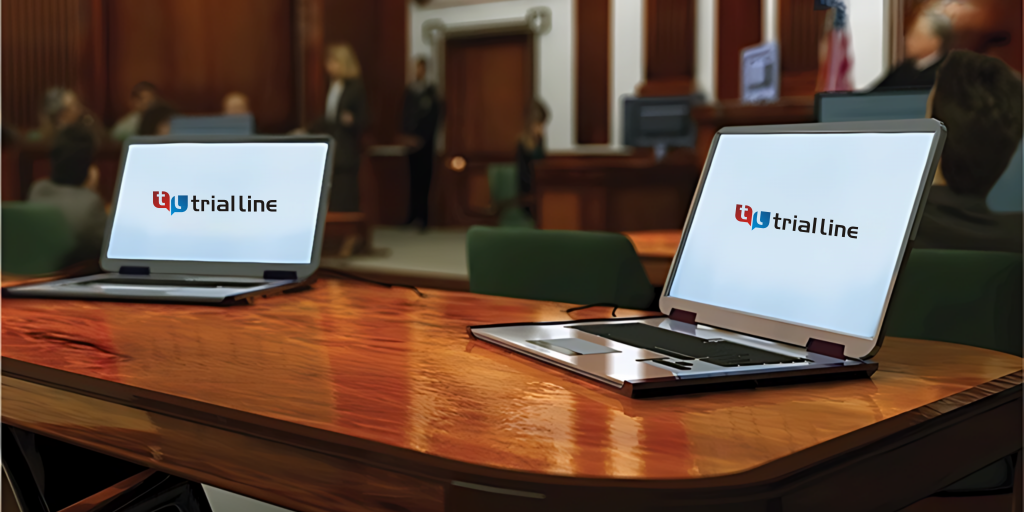How Trial Presentations Can Help Strengthen a Stronger Case for Your Client
How Trial Presentations Can Help Strengthen a Stronger Case for Your Client
Blog Article
The Power of Visuals in Test Presentations for a Winning Disagreement
The integration of visuals in test discussions has actually arised as an important aspect in efficiently communicating complicated arguments to jurors. By utilizing numerous kinds of visual aids-- be it diagrams, pictures, or animations-- attorneys can boost understanding and retention, ultimately shaping the jury's perception of the situation.
Value of Visuals in Tests
In many lawful setups, visuals play a critical duty in boosting the effectiveness of trial discussions. The integration of aesthetic aspects can significantly influence jurors' understanding and retention of intricate details, thus shaping their perceptions and choices. Visuals, such as graphes, representations, and pictures, can simplify intricate stories, making them more available and engaging.
In addition, the human brain procedures visual details more efficiently than message, which highlights the significance of including visuals into legal debates. By equating thick legal principles into aesthetic layouts, lawyers can promote more clear communication, making sure that essential points are not ignored throughout trials.
In addition, visuals serve to engage jurors on a psychological level, promoting a link to the instance that words alone might stop working to attain. The critical use of visuals can evoke compassion, motivating jurors to consider the human aspects of the case.
Inevitably, the relevance of visuals in tests exists in their ability to boost clearness, improve juror engagement, and enhance the story existing. This potent mix is vital for crafting influential disagreements that reverberate with jurors and influence the result of lawful proceedings.
Kinds Of Visuals to Use
Reliable trial presentations can substantially profit from a variety of aesthetic devices that satisfy different facets of the instance. trial presentations. Utilizing layouts and charts can effectively break down intricate information, making it much more absorbable for jurors. For example, flowcharts can show the series of events, while bar graphs might succinctly compare appropriate information factors.

Animations and simulations can additionally play a crucial duty, especially in situations including technological data or detailed scenarios. These visuals can dynamically represent procedures or activities, offering clarity and involvement that fixed photos might not accomplish.
In addition, infographics combine text and visuals to sum up necessary details effectively. They can present timelines, statistics, and substantial case factors in a visually attractive manner, making it less complicated for jurors to adhere to the disagreement.
Enhancing Understanding and Retention

Enhancing comprehension and retention during trial discussions is crucial for guaranteeing that jurors grasp the necessary components of a case. Aesthetic help offer as powerful tools in this regard, converting complicated information right into easily digestible layouts. why not try these out By using charts, layouts, and infographics, lawyers can streamline complex data and emphasize bottom lines that may otherwise be ignored.
Research studies have actually shown that people retain details considerably much better when it exists visually. This is especially significant in a trial setup, where jurors might be overwhelmed by the volume of proof and testament. By purposefully integrating visuals, lawyers can route jurors' focus to the most essential facets of the situation, strengthening their understanding and the original source memory of the product offered.

Creating Engaging Presentations
Exciting jurors' attention throughout test presentations is necessary for conveying an engaging narrative. Engaging presentations utilize visual components to produce a remarkable experience that reverberates with jurors. The calculated use of graphics, computer animations, and video clips can elucidate intricate details, making it extra obtainable and relatable.

Furthermore, integrating narration techniques can improve engagement. Providing evidence in a logical series that constructs sob story enables jurors to get in touch with the material on a personal degree. Numerous presentation layouts, such as including brief video or interactive elements, can also endure interest and focus throughout the trial.
Eventually, an interesting discussion fosters an extra extensive understanding of the situation, allowing jurors to better value the disagreements being provided and bring about a much more desirable result.
Case Research Studies and Success Stories
Countless instance research studies highlight the considerable effect of visuals in test discussions, demonstrating their capability to affect juror assumptions and inevitably the end results of instances. As an example, a remarkable case including a personal injury case illustrated how the use of a 3D computer animation of the mishap scene made clear complicated information. Jurors reported really feeling even more educated and empathetic, significantly swaying their choice for the plaintiff.
In one more circumstances, a business litigation case made use of infographics to existing monetary data and timelines, making complex info accessible. The visual representation enabled jurors to understand the subtleties of the case better than verbal explanations alone. trial presentations. Because of this, the court returned a decision that exceeded the client's assumptions
Additionally, a criminal defense situation used photos and video proof to establish an alibi. The engaging visuals not just helped in producing question but also reverberated emotionally with jurors, bring about a pardon. These success stories underscore the requirement of incorporating visuals right into test presentations, as they improve understanding, retention, and inevitably, the influential power of legal disagreements. The tactical use visuals is undeniably transforming the landscape of test advocacy.
Conclusion
In final thought, the tactical incorporation of visuals in trial presentations considerably enhances jurors' understanding and retention of complicated info. Engaging discussions, sustained by compelling situation studies, demonstrate the extensive impact that visuals can have on convincing interaction.
Report this page